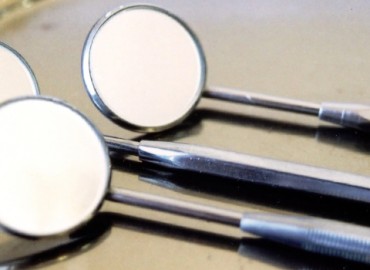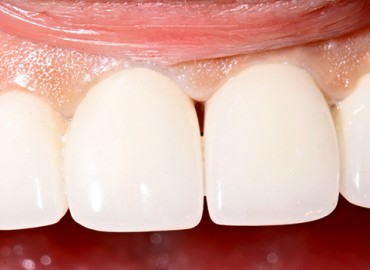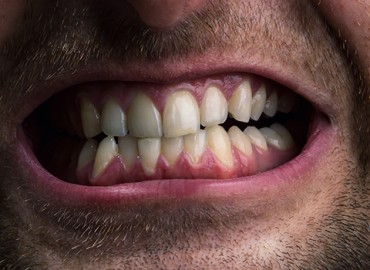Can my general dentist treat my gum disease?
The general dentist usually detects gum disease as part of his routine dental check up. Many dentist treat gum disease it in the early stages. Some general dentists have acquired additional expertise to treat more advanced conditions of the disease however, more advanced conditions are usually treated by a specialist in gum disease management – […]












